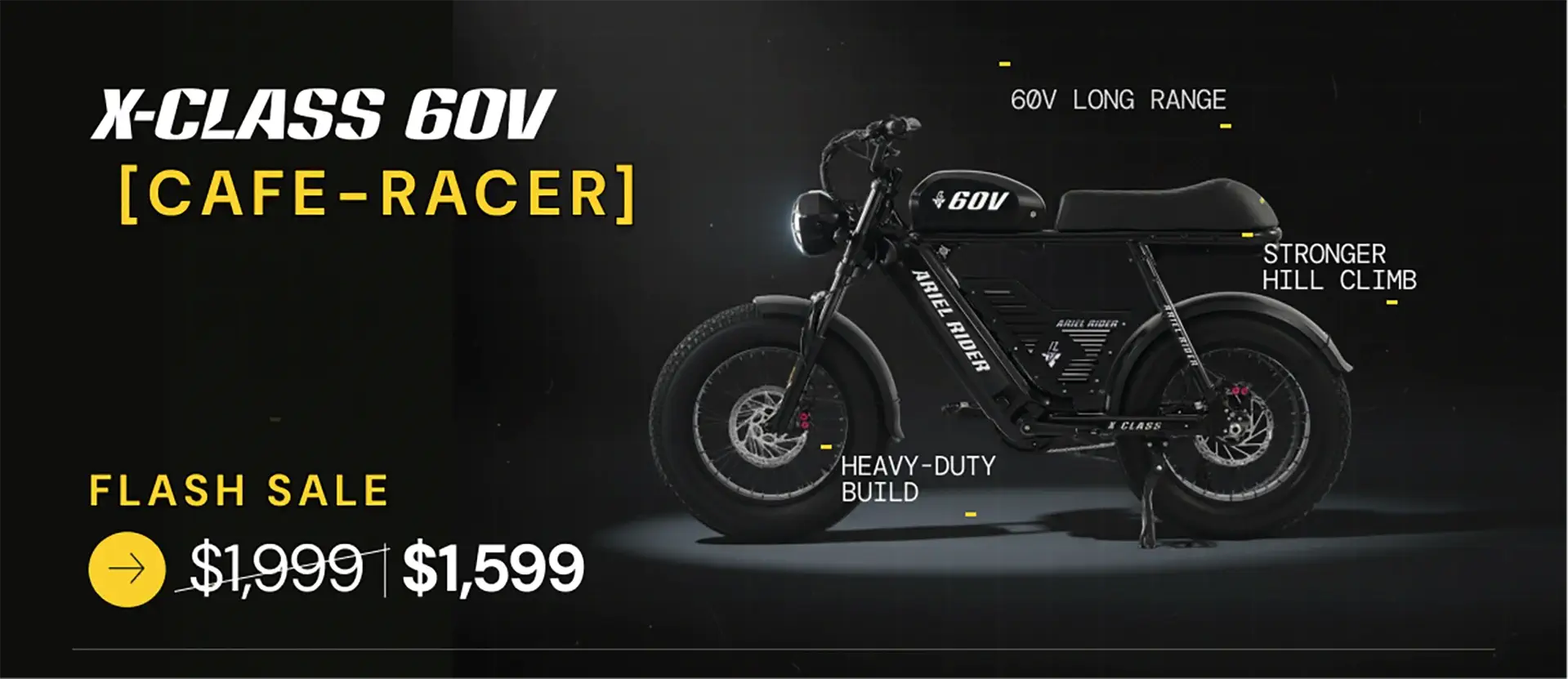Carrying cargo on a bicycle can be a convenient and eco-friendly way to transport goods, but it's important to do so safely. In order to ensure proper weight distribution and stability while riding, it's essential to understand the basics of load distribution.
First and foremost, it's important to evenly distribute the weight of your cargo on the bike. This means placing heavy items low and towards the center of the bike, and lighter items higher up and towards the outside. This helps to maintain a balanced center of gravity and prevent the bike from tipping over.
When carrying cargo on a rear rack, it's also important to keep the load as close to the bike's centerline as possible. This helps to prevent the bike from veering to one side or the other, and makes it easier to steer and maneuver.
Another important consideration is the size and shape of the cargo. Bulky or oddly-shaped items can be difficult to balance and may cause the bike to handle poorly. In these cases, it's often best to break the load down into smaller, more manageable packages.
It's also worth noting that while front racks and panniers can be a great way to carry cargo, they can also affect the bike's handling and steering. It's important to be aware of this and adjust your riding style accordingly.
Finally, it's crucial to always keep an eye on your cargo while riding and make adjustments as needed. If you notice your bike handling poorly or starting to veer to one side, stop and redistribute the load.
Overall, proper load distribution is key to safe and stable riding when carrying cargo on a bicycle. By understanding the basics of weight distribution and making adjustments as needed, you can ensure a smooth and enjoyable ride every time.



